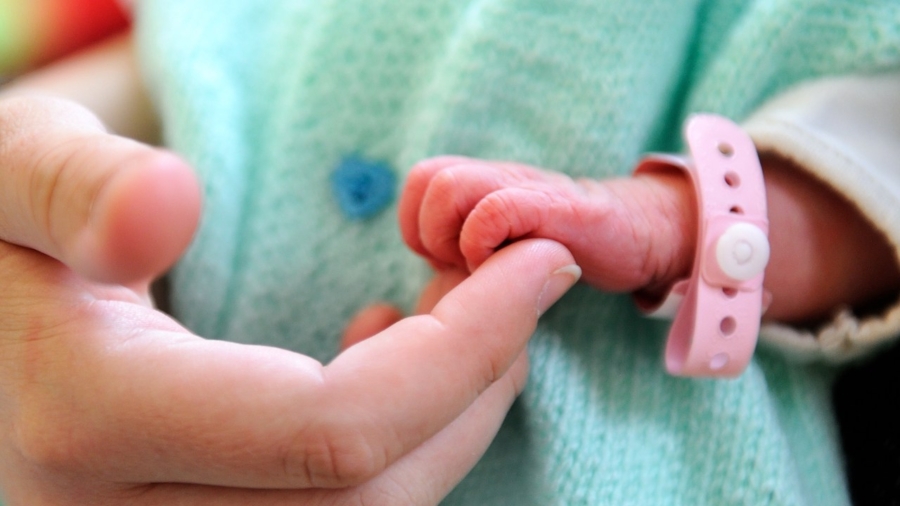Air and water pollutants are linked to changes in the human sex ratio at birth (SRB)—the ratio between the number of newborn boys to the total number of newborns—according to a study of U.S. and Swedish populations.
Researchers at the University of Chicago and Karolinska Institutet, Stockholm, found an association between numerous pollutants and changes to the ratio of boys to girls, but did not establish a causal relationship in their study, titled “Observable variations in human sex ratio at birth.”
Aluminum in air, chromium, arsenic, carbon monoxide, and total mercury quantity were linked to an increased number of baby boys, while lead is linked to increased births of girls, the authors indicated in their paper published in the journal PLOS Computational Biology on Dec. 2.
Authors noted that prior studies had reported conflicting findings for polychlorinated biphenyls (PCBs), for which they had found it was linked to an increase in the ratio of boys. “Since the sample sizes of the studies published thus far were very small, our PCBs result would have substantially larger statistical power,” they wrote.
Several other environmental toxins were also noted in the paper as linked to changes in the SRB.
“Ideally, each SRB-pollutant association could now be followed up with experimental work using human cell lines to dissect the underlying mechanism,” Andrey Rzhetsky at the University of Chicago, who led the research, said in a statement.
The authors say the results could encourage policymakers to “decide to make steps toward reducing environmental pollution.”
Researchers analyzed large datasets from the United States and Sweden, including records from the IBM Health MarketScan insurance claim dataset, which covered over 104 million people in the United States, or about a third of the U.S. population from 2003 to 2011—or more than 3 million births over eight years. They also analyzed records in Sweden’s National Patient Registry on over 9 million people from 1983 to 2013—which is over 3 million births over 30 years.
Other national databases were used to assess weather and pollutants at the time of each birth.
Besides an array of pollutants, other factors that appeared to be associated with the SRB included extreme droughts, traffic fatality rates, industrial permits, and vacant units in an area.
Changes to the SRB were not significantly correlated to the seasons of birth, ambient temperature, rates of violent crime and unemployment, according to the study.
Separately, the researchers examined two highly stressful events in the United States—Hurricane Katrina in 2005 and the Virginia Tech shootings in 2007—and found a significant change in the SRB with more girls born in the 34 weeks after the Virginia Tech shootings. Rzhetsky said studies would need to focus on those most affected by the events, rather than whole populations, to investigate the matter further.
Researchers acknowledged that while the study examined large datasets, they did not have access to the data of the sex of unborn babies in stillbirths, which would have enabled them to “probe negative selection in utero against frail males.”
Furthermore, those in the U.S. cohort all had private medical insurance which meant their study was not fully representative of the general U.S. population.
They also acknowledged limitations in qualifying pollutants in the United States, saying, “we used the EPA air quality raw data, which was an average of measurements taken over a short period of time, rather than over years or decades, which would have enabled long-term and causal analyses.”
They added that the data did not include “information for individual exposures to those factors, which might render a straightforward interpretation of our results subject to ecological fallacies.”
From The Epoch Times

